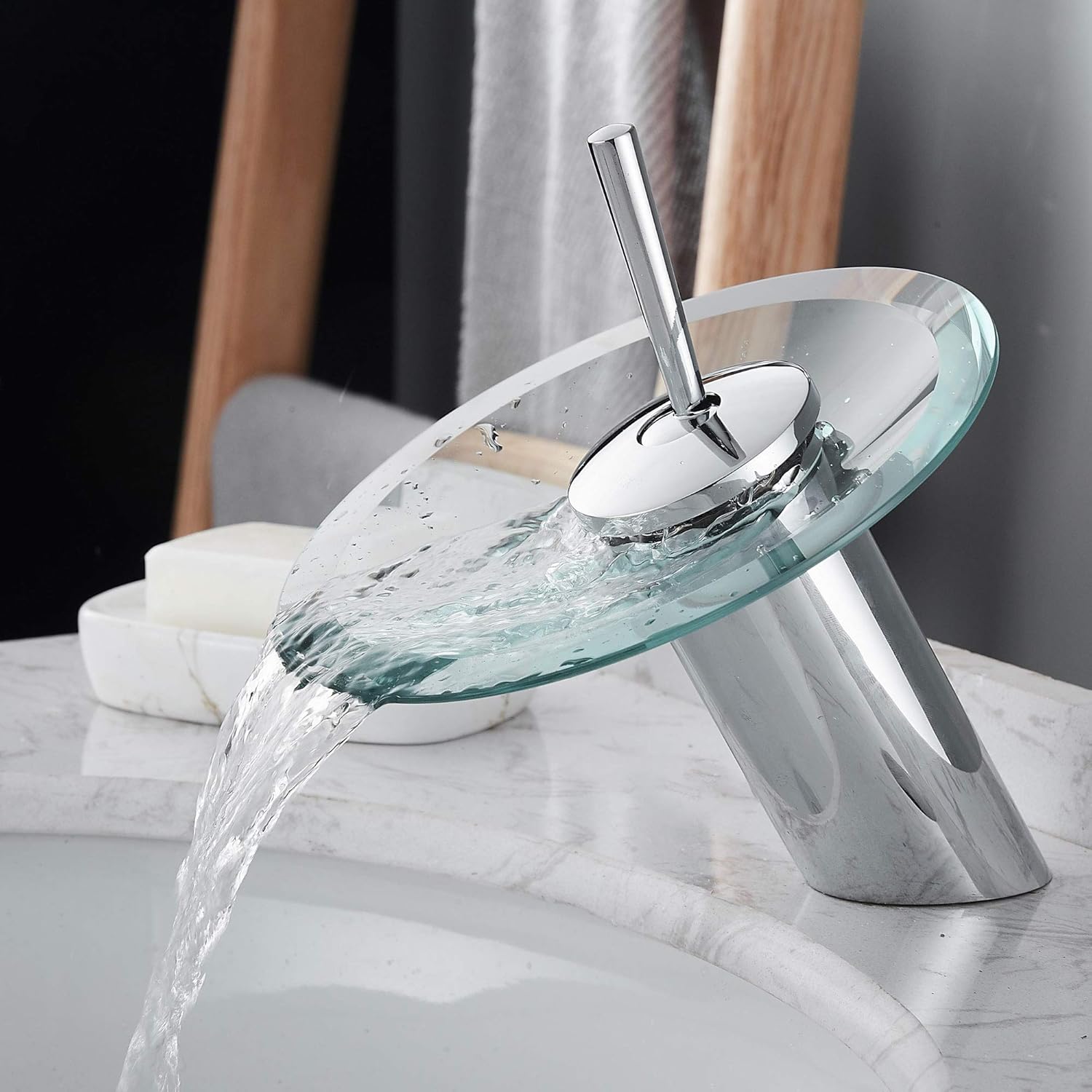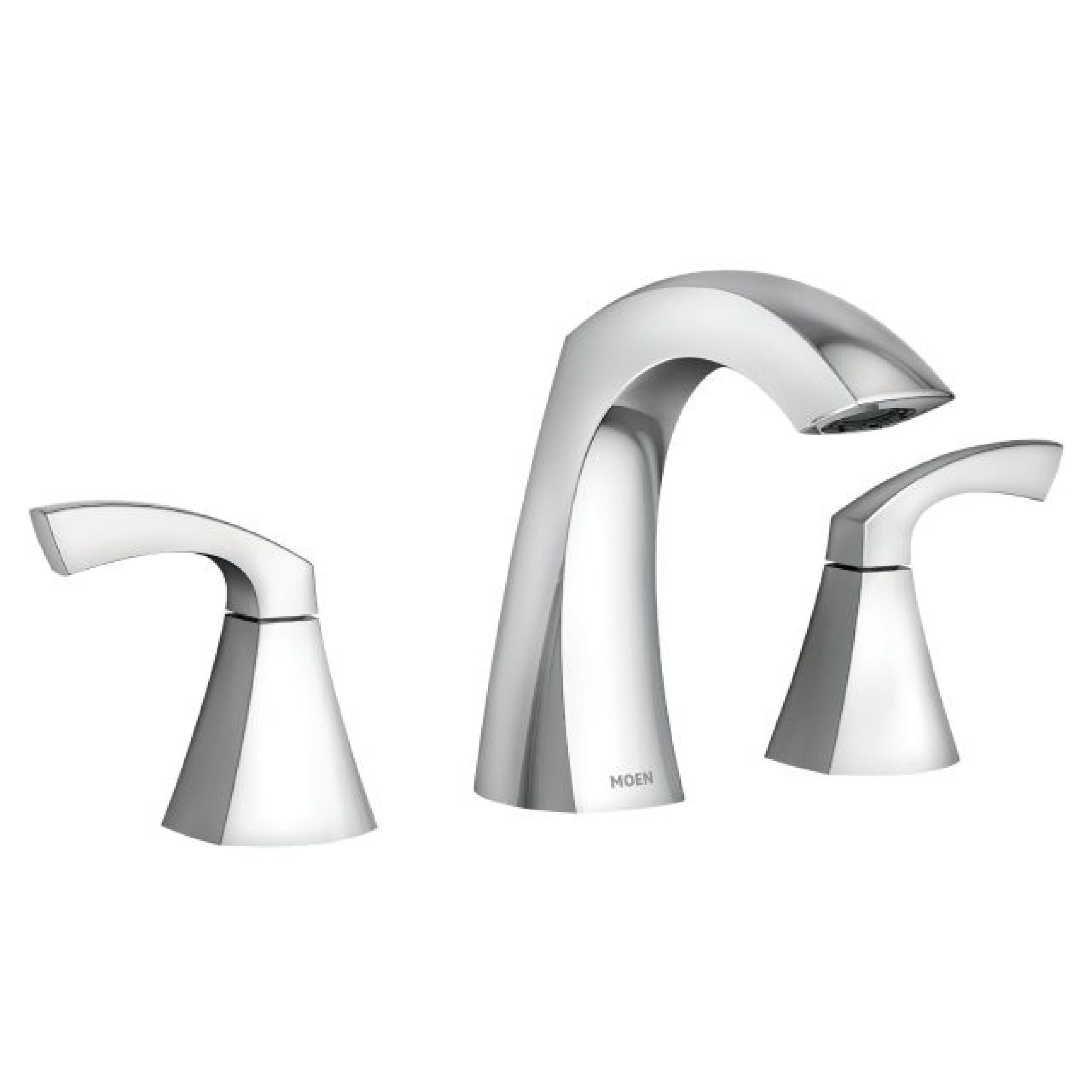Open Box Bathroom Faucet Types

Open box bathroom faucets offer a great way to save money on a new faucet without sacrificing quality. These faucets are often returned for minor reasons, such as a change in style or color, and are usually in excellent condition. When choosing an open box bathroom faucet, you’ll need to consider the different types available to find the one that best suits your needs.
Types of Open Box Bathroom Faucets
Open box bathroom faucets are available in a variety of styles, each with its own unique features and benefits. Here’s a breakdown of the most common types:
- Single-Handle Faucets: These faucets feature a single lever that controls both water flow and temperature. They are easy to use and offer precise temperature control. Single-handle faucets are also generally more compact than double-handle faucets, making them a good choice for smaller bathrooms.
- Double-Handle Faucets: Double-handle faucets have separate handles for controlling hot and cold water flow. They are often chosen for their classic look and can be a good option for those who prefer a more traditional style. Double-handle faucets can be more difficult to install than single-handle faucets.
- Widespread Faucets: Widespread faucets have separate handles that are mounted on the countertop, rather than directly on the sink. They offer a more spacious and modern look, and are a good choice for larger bathroom sinks. Widespread faucets are typically more expensive than single-handle or double-handle faucets.
Open Box Bathroom Faucet Features
:fill(transparent,1)/b96eff0310212125e9454ba3f3320be3.jpg)
Open box bathroom faucets come in a wide variety of styles and features, giving you the opportunity to personalize your bathroom with a faucet that meets your needs and aesthetic preferences. From the height of the spout to the finish, each feature contributes to the overall functionality and look of your bathroom.
Spout Height
The height of the spout plays a significant role in the functionality and aesthetics of your bathroom faucet.
- Low Spout: A low spout, typically around 4 to 6 inches tall, is ideal for smaller sinks and vanity tops, as it provides a more compact and streamlined look. This type of spout is also suitable for individuals who prefer a more traditional or minimalist style.
- Medium Spout: A medium spout, usually ranging from 6 to 8 inches tall, offers a balanced approach between functionality and aesthetics. It provides sufficient clearance for most tasks, such as washing hands and filling up water bottles, while maintaining a visually appealing profile.
- High Spout: A high spout, generally exceeding 8 inches in height, offers greater clearance and flexibility. This type of spout is particularly useful for larger sinks and vanity tops, allowing you to easily fill tall pitchers or vases. It can also enhance the elegance and grandeur of your bathroom.
Open Box Bathroom Faucet Installation: Open Box Bathroom Faucets

Installing an open box bathroom faucet is a relatively straightforward process that can be accomplished with basic tools and some patience. This section will guide you through the steps involved in installing an open box bathroom faucet, ensuring a smooth and successful installation.
Connecting the Faucet to the Water Supply, Open box bathroom faucets
Connecting the faucet to the water supply is a crucial step in the installation process. This involves attaching the faucet’s supply lines to the water shut-off valves, ensuring a secure and leak-free connection.
- Shut off the water supply: Before starting the installation, locate the water shut-off valves for the hot and cold water lines. These valves are usually found under the sink or in the basement. Turn the valves clockwise to shut off the water supply.
- Connect the supply lines: The faucet will come with two supply lines, one for hot water and one for cold water. Connect these lines to the corresponding shut-off valves using compression fittings. Ensure the fittings are securely tightened to prevent leaks.
- Turn on the water supply: Once the supply lines are connected, slowly turn the water shut-off valves counterclockwise to turn the water supply back on. Check for leaks at the connections.
Connecting the Faucet to the Drain
Connecting the faucet to the drain involves attaching the drain assembly to the faucet spout and securing it to the drain pipe. This ensures proper drainage and prevents water from overflowing.
- Attach the drain assembly: The drain assembly consists of a pop-up stopper, a tailpiece, and a drain pipe. Attach the drain assembly to the faucet spout, ensuring a tight and secure connection.
- Connect the drain pipe: Connect the drain pipe to the drain assembly and secure it to the drain pipe using a nut and washer. Ensure the connection is tight and leak-free.
- Test the drain: Once the drain assembly is connected, test the drain by turning on the faucet and letting water flow. Check for any leaks or blockages.
Troubleshooting Common Installation Problems
Despite careful installation, some common problems may arise. Understanding these issues and their solutions can help you address them effectively.
- Leaking connections: Leaking connections are a common problem. This could be due to loose fittings, damaged seals, or improper installation. To fix this, retighten the fittings, replace damaged seals, or check the installation for any errors.
- Clogged drain: A clogged drain can prevent water from draining properly. This can be caused by hair, soap scum, or other debris. To clear a clogged drain, use a plunger or a drain snake to remove the blockage.
- Faucet not turning on: If the faucet does not turn on, check if the water shut-off valves are open. If the valves are open, check the supply lines for any kinks or blockages. If the supply lines are clear, check the faucet itself for any internal problems.